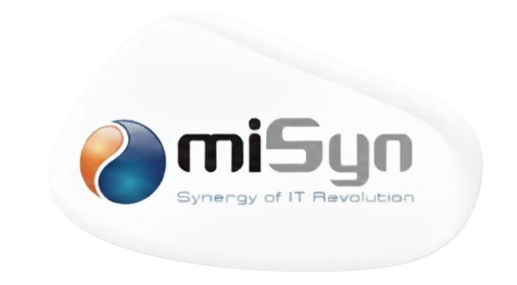Finance is becoming less of a destination and more of a feature. This is the era of Embedded Finance — the seamless integration of financial services into non-financial customer experiences. Consumers no longer need to visit a bank branch to get a loan or an insurer's website to buy coverage. They can access it at the very moment of need, within the digital ecosystem they are already in.
Examples Are Everywhere
- Embedded Lending: “Buy Now, Pay Later” (BNPL) options at online checkouts.
- Embedded Insurance: Travel insurance offered during the booking flow on an airline's website, or gadget protection added at the point of sale for a new smartphone.
- Embedded Payments: One-click payments within a ride-sharing app or a social media platform.
Why This is a Game-Changer for Software Providers
- This trend is not just a distribution channel; it's a fundamental rewiring of the financial services value chain. For technology providers and their clients (banks and insurers), it presents a massive opportunity.
- Meeting Customers Where They Are: Embedded finance reduces friction dramatically. The context is clear, the need is immediate, and the process is effortless, leading to higher conversion rates.
- Creating New Revenue Streams: Non-financial brands can monetize their customer relationships by offering tailored financial products, opening up new partnership ecosystems for traditional financial institutions.
- The Power of Contextual Data: The embedding platform (e.g., the e-commerce site or the car manufacturer) holds rich contextual data. This allows for the creation of hyper-relevant, personalized financial products that are far superior to generic off-the-shelf offerings.
The Technology Enablers
Making this possible requires a robust technological foundation:
- API-First Architecture: This is the non-negotiable bedrock. Every financial capability — from a quote engine to a payment gateway — must be exposed as a clean, secure, and well-documented API for partners to consume.
- Cloud-Native Infrastructure: The underlying systems must be scalable and elastic to handle API calls from millions of endpoints without crashing, especially during peak shopping seasons or sales events.
- DevOps & Agile Culture: The ability to rapidly develop, test, and deploy new API features in collaboration with partners is critical to staying ahead in this fast-moving space.
For any financial institution or software provider, the question is no longer if they will participate in embedded finance, but how. Building the API-driven, partnership-ready infrastructure is the first and most critical step.

